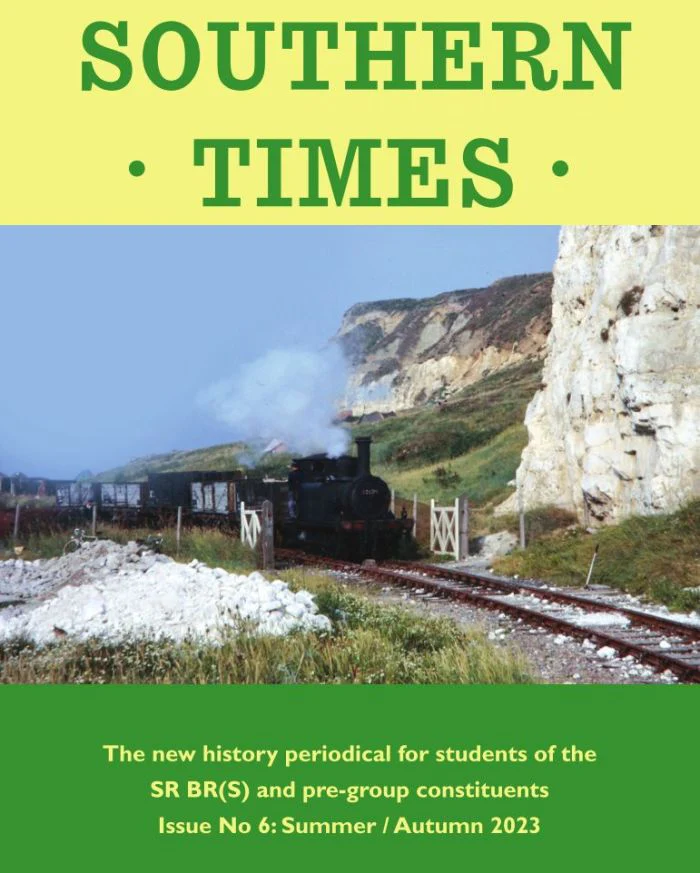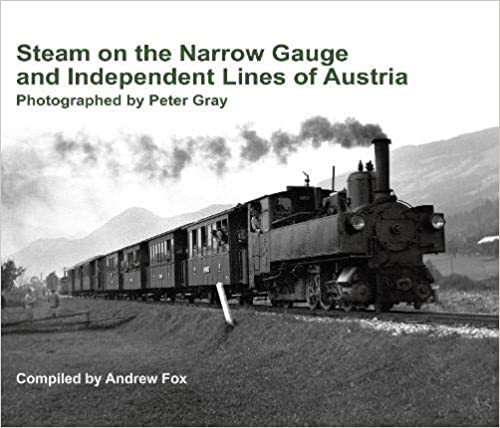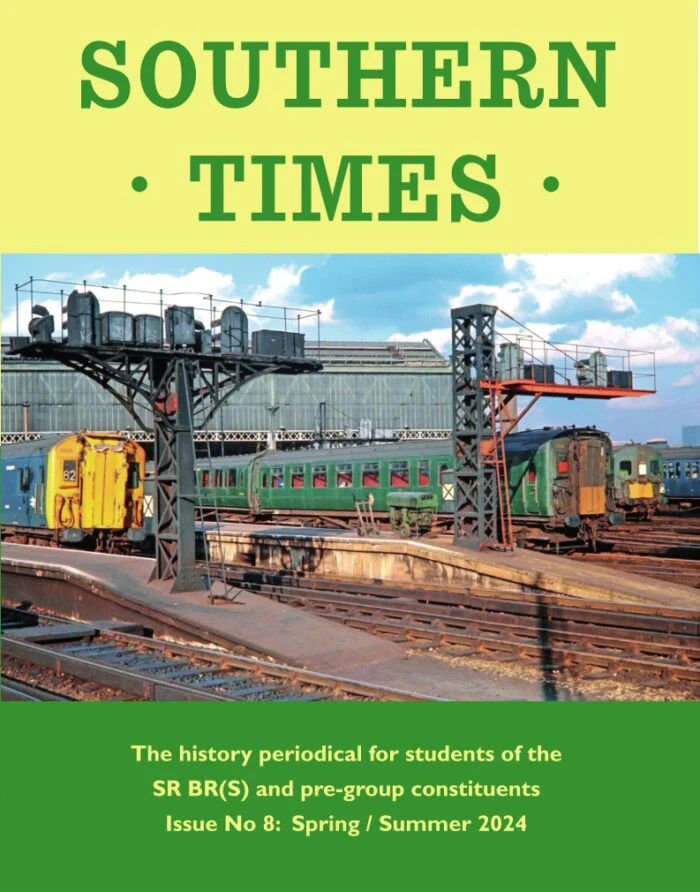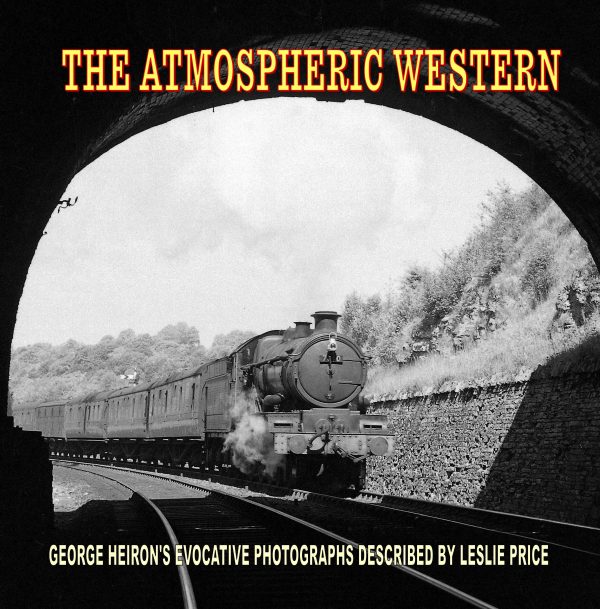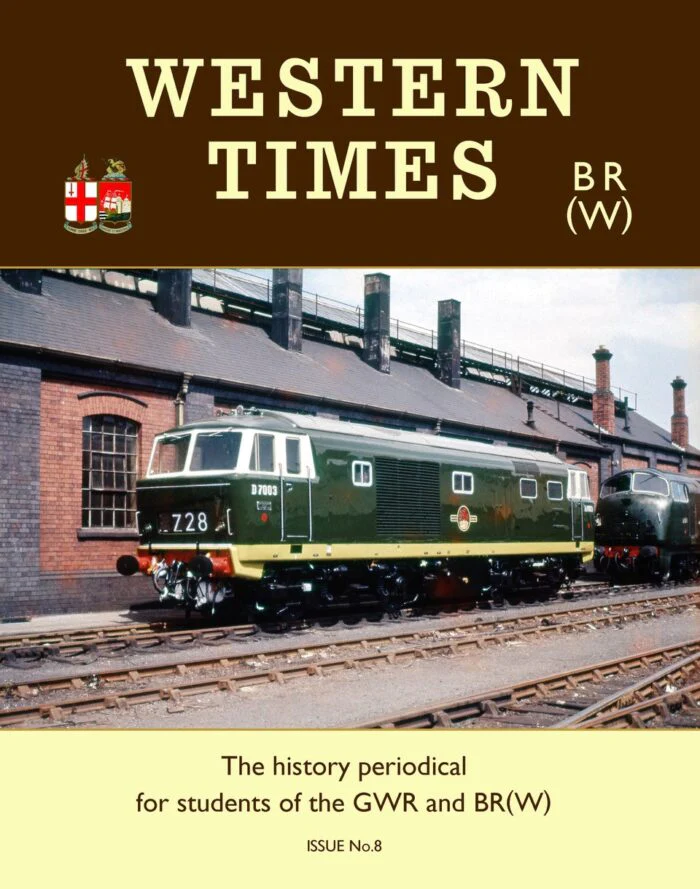Beyer-Garrett

Condition: Excellent
Published by: Transport Treasury Publishing Ltd.
Author: Jeremy Clements
Beyer-Garrett
From the 1830s onward, there were hundreds of attempts to design articulated steam locomotives of which only a tiny percentage achieved commercial viability. The last to join this exclusive band was the Garratt, a British invention which unquestionably proved to be the most successful articulated steam locomotive type. The idea was born of engineer Herbert Garratt’s extensive experience with overseas railways that operated in difficult terrain and under challenging circumstances. Adoption by Beyer Peacock & Co Ltd, the highly regarded locomotive builder of Gorton Foundry, Manchester led to the type’s 1909 inauguration in Tasmania. By the First World War, thirty-one examples had been delivered or were under construction. This diverse group embraced seven wheel arrangements and five gauges from 2’ 0” to 5’ 3”, with designs ranging from miniscule tramway engines to 8-cylinder high speed double-Atlantics – cogent evidence of adaptability and competence. The 1920s saw progressive size increases culminating in eight-coupled giants that handled vast tonnages on five continents. With expiry of the original patent and product re-styling as the “Beyer-Garratt”, Gorton Foundry fought off challenges to its market leadership and during World War 2 played a pivotal role in military rail transportation. Post-war, the type accounted for the majority of Beyer Peacock’s steam production. Although production had ceased by the late 1950s, Beyer-Garratts continued to render sterling service in numerous countries. A century after introduction, there were still isolated examples at work in normal service. This is a story of courage, creativity, superb engineering, and adventure in the cause of mankind’s most romantic form of transport.
Hardback, 352 pages, 346 black & white and colour illustrations
Please contact us for a quote for shipping outside the UK Mainland before ordering.



